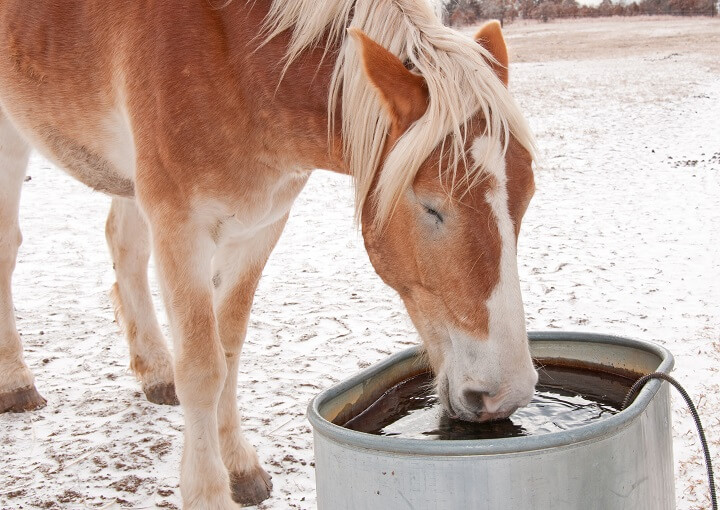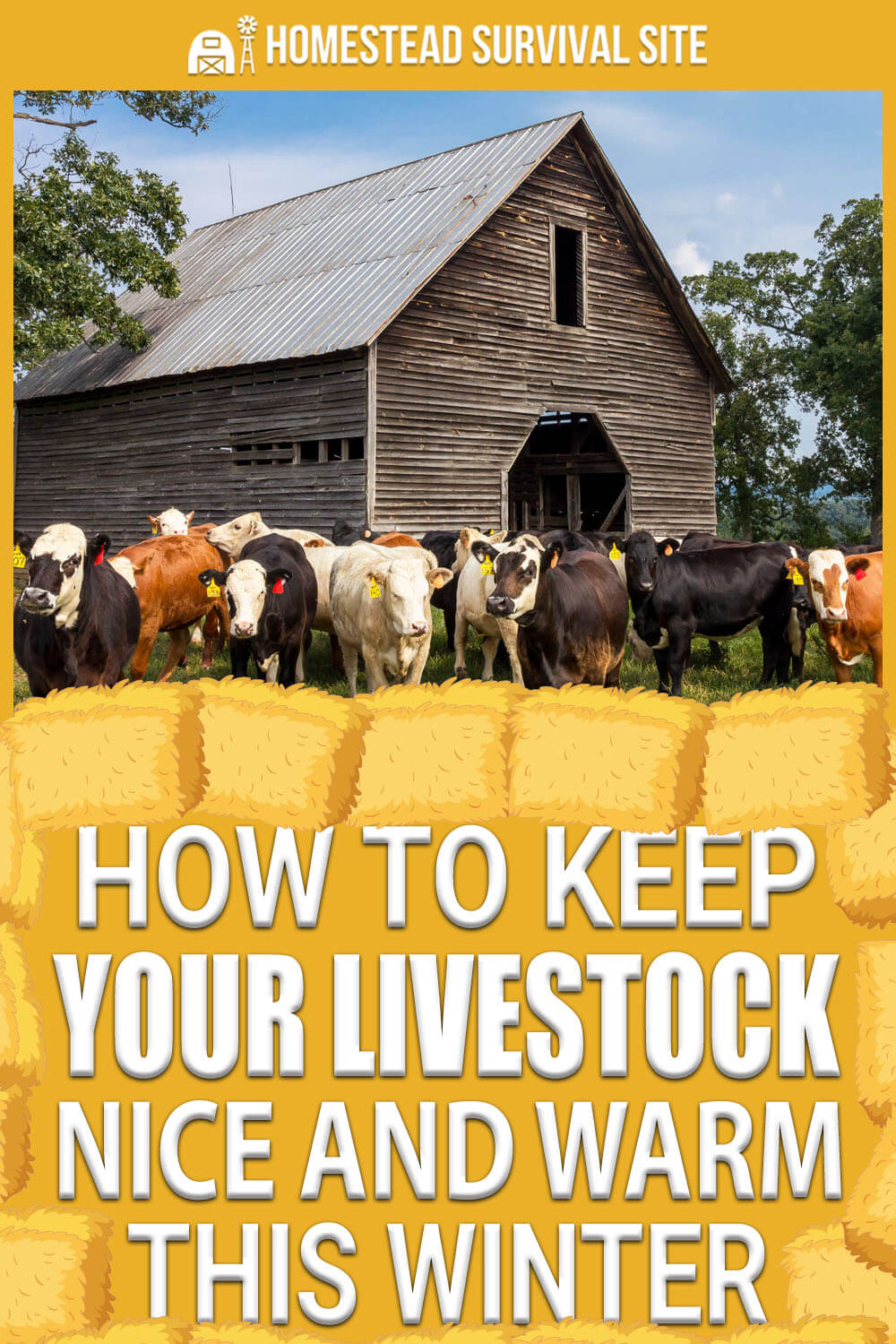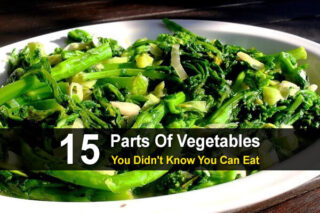Estimated reading time: 6 minutes
While some homesteads experience mild to warmer temperatures year-round, there are those of us who have a wide swing of temperatures during the year. Homesteaders in the Northern regions of the country have unique climates that can significantly differ. Hot and humid summers keep us busy, yet downright frigid temperatures can quickly arrive without much of a fall in between.
While the garden fades by the time the snow flies, it can be a challenge to care for your animals during the winter months. Some homesteads may see snow in feet rather than inches, while others battle with a nasty arctic wind for a good portion of the year.
Want to save this post for later? Click Here to Pin It on Pinterest!
Those homesteads in mild areas still could see a freak storm or two during the winter as well. Learn how to keep your livestock nice and warm this winter with these tips:
Keep Livestock Dry
One of the best tips for keeping livestock happy despite the temperature is to keep them dry. A wet animal is not only miserable but much more likely to get frostbite or even die.
Homesteaders should have plenty of straw to keep pens warm and dry during the winter. Check out each shelter during a drain storm to patch up any holes that could let the cold rain and snow inside. Keep straw in a high spot in the barn to keep it from getting wet as well.
Shelter Isn’t Always a Barn
There are plenty of fellow homesteaders who have raised animals without a large barn on the property. Remember that animals may have nuances to what they like, but they aren’t that picky when it comes to the kind of building they are in.
Consider using a garden shed as a shelter or building your own shelter for pigs or chickens. While large barns are nice for larger animals like cows and horses, smaller livestock are quite happy in smaller spaces. A smaller shelter, like a lean-to that is well protected from the elements, will also stay warmer with all of the livestock hunkered down inside.
Protect Livestock from Wind
Cold winds are one of the sneakiest elements on a homestead. No matter how long you’ve lived in a cold winter area, you don’t quite remember just how bad the wind can be until that first storm of the season.
Sheltering your livestock from the wind helps immensely. Even if you don’t have a heating source, keeping animals out of the direct force of the wind will help keep them nice and warm this winter.

Plug any holes of the walls of the shelter to keep the cold air outdoors. Plastic sheeting also does well at blocking the wind from those animals that are outdoors. Adding windbreaks to your land can also help protect pastured animals from wind and blowing snow as well.
Fill Food Buckets to The Brim
Remember that livestock keep themselves warm by consuming a lot of food during the winter. These extra calories are used to maintain the proper body temperature despite the outside weather.
Never let a cold animal go hungry during the winter. Always keep their food bucket full and plan for extra food supplies during the winter. Vary their diets with added supplements like hay and fruit to keep them nice and warm this winter as well.
Add Insulation When Needed
Some livestock shelters sit away from other buildings on the farm. These lone buildings are more susceptible to succumb to the winter elements. Make sure that any of these shelters are well insulated on all sides.
Insulated roofs are especially important as heat rises. Line the roof with leftover pieces of insulation or by using old blankets or tarp leftover from other projects. For those spots in the shelter that are smaller, consider using a spray foam that quickly plugs the hole. Keep an eye on those spots of spray foam, however, as bored animals may begin to eat at it.
Remember that insulation doesn’t keep the cold air from coming in but will slow the rate down by which it enters a space.
Install Heating Lamps & Pads
Heating lamps are a good option for those extreme arctic homesteads. A single heating lamp can help take the edge off of an enclosed space. For those shelters without electricity, running an extension cord from the house can also provide just enough heat for cold animals.
Make sure to always install a heating lamp in a safe spot where it can’t be knocked or catch on fire. Heated pads are suitable for those animals who like to lie down to sleep. Dogs or cats in the barn will enjoy a heated pad either by itself or within a crate in a cold barn.
Serve Hot Water and Warm Treats
Keeping a water dish from freezing is one of the main problems for Northern homesteaders. Heated water bowls are available, but some still end up freezing during the peak of winter.
Taking out a kettle of hot water to the livestock will help melt the water in the bowl. Another trick is to serve a piping hot bowl of oatmeal to livestock as a special treat.
Keep an Eye Out for Frostbite
Winter is an important time to keep tabs on the welfare of your animals. Frostbite is a nasty thing that not only hurts but can cause an animal it’s life. Know the signs of frostbite for the animals that you have and check on them a few times a day.
Make plans to check on the livestock more often on those days where the temperature will be extremely low. Check animals often for the first signs of frostbite.
Remember That Animals Adapt to Climates
It can be hard to sit by the fireplace indoors and see your livestock shivering outdoors. However, many homesteaders forget that animals can adapt to their surroundings.
Chickens are native to the tropics, but many breeds can handle the cold winter temperatures. Rabbits will naturally put on extra weight during the winter as well. While humans need help staying warm outside in the winter, livestock are much more adaptable to the elements than we are.
There are plenty of ways you can make sure the animals on your homestead are well cared for during the winter. Follow these tips on how to keep your livestock nice and warm this winter.
Like this post? Don't Forget to Pin It on Pinterest!












Don’t recommend antibiotic salve for GO BAG OR EMERGENCY SITUATIONS!!! It seals in germs and causes cellulitis!!! My husband almost LOST his hand from using this!!! I never knew before!!